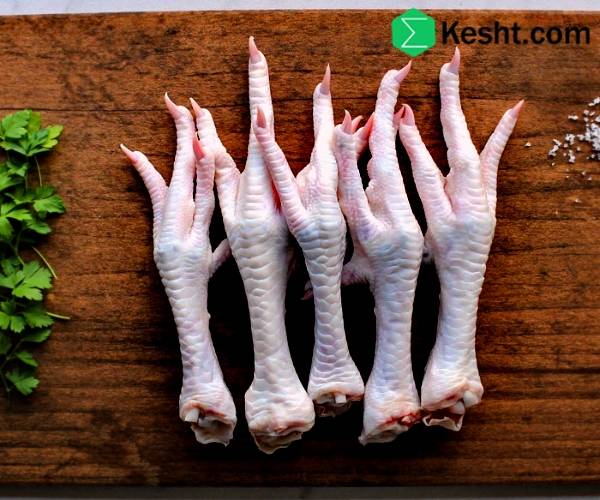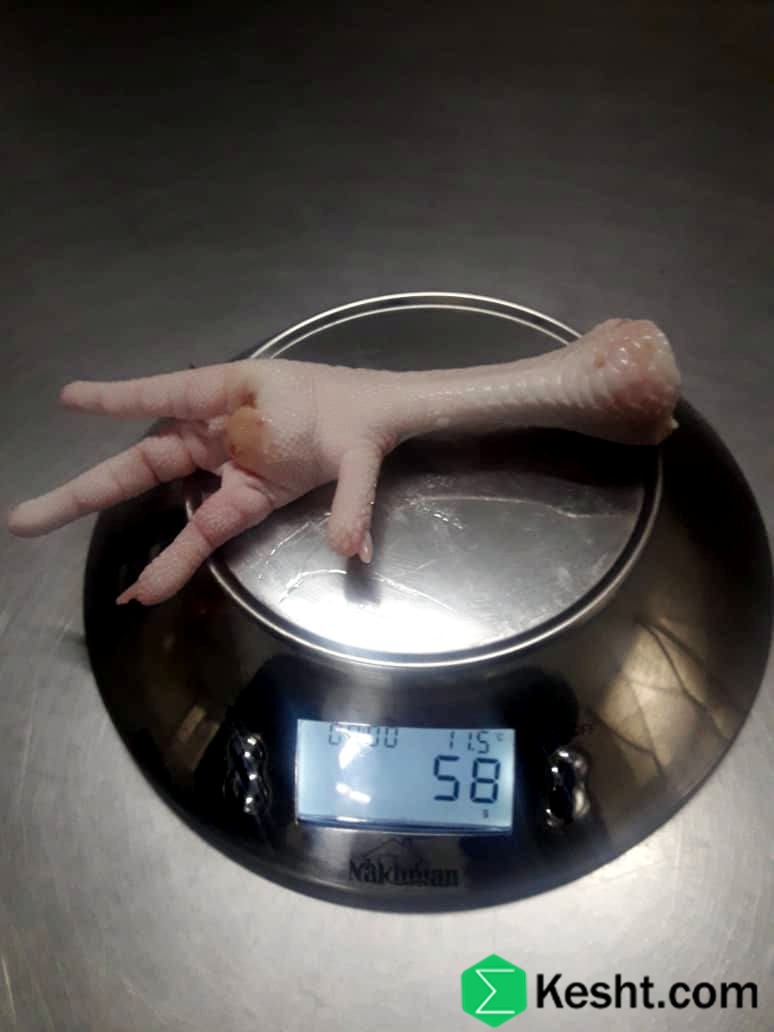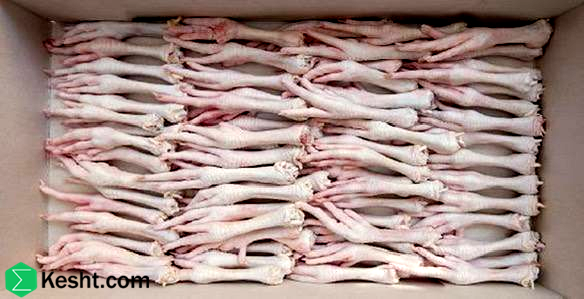Here’s the translation of your text into English:
### Difference Between HS Code 020714 and HS Code 020713
The difference between HS Code 020714 and HS Code 020713 relates to the types of products they represent. In summary, the main difference between these two codes is the state of preservation and processing of the meat (fresh/chilled vs. frozen).
#### HS Code for Chicken Feet
The HS Code for chicken feet generally falls under the code 0207, which includes poultry meat.
For chicken feet, more specific codes are usually used:
- **HS Code 020714**: This code is typically used for "chicken feet, fresh or chilled."
- **HS Code 020713**: This code is used for "chicken feet, frozen."
These codes may vary depending on the country and tariff system, but they are generally categorized in this way. For more precise information, it is advisable to refer to official customs sources.
### Is the HS Code for Packaged Chicken Feet Different? Yes, the HS Code for packaged chicken feet may differ. Typically, there are more specific codes for packaged food products that refer to the type of packaging and processing of the product. Generally:
- **Fresh or Chilled Chicken Feet**: Usually classified under codes 020714 or similar.
- **Frozen Chicken Feet**: Classified under codes 020713 or similar.
- **Packaged Chicken Feet**: May require specific codes that indicate packaging and type of processing. These codes can include additional specifications regarding weight, type of packaging, etc.
For more detailed specifications, consult official customs sources or guides for import and export tariffs.
### Why Is Frozen Chicken Feet Import in China Increasing?
The reasons for the increase in frozen chicken feet imports in China may be related to the following factors:
1. **High Demand**: Chicken feet are recognized as a popular food item in many regions of China, and the demand for this product is on the rise.
2. **Competitive Pricing**: Importing frozen chicken feet can provide more competitive prices for Chinese consumers due to lower production and processing costs in other countries.
3. **Quality and Standards**: Some foreign producers may adhere to higher production and processing standards, making their products more attractive in the Chinese market.
4. **Culinary Diversity**: Chicken feet are a valuable source of protein, especially in traditional and local dishes, which increases demand for imports.
5. **Food Industry Development**: The rapid growth of the food industry and restaurants in China has led to an increased need for raw materials, including chicken feet.
6. **Trade Policies**: Trade policies and import tariffs may favor the importation of frozen chicken feet, contributing to the increase in imports.
These factors collectively contribute to the rise in frozen chicken feet imports in China.
### Which Countries Export the Most Frozen Chicken Feet to China?
Countries that typically export the most frozen chicken feet to China include:
1. **Brazil**: One of the largest exporters of chicken meat globally, including chicken feet to China.
2. **United States**: The U.S. also has a significant share in exporting chicken feet to China.
3. **Thailand**: As a major producer of chicken meat in Asia, Thailand has considerable exports to China.
4. **Canada**: Canada is also among the countries exporting chicken feet to China.
5. **Argentina**: This country is recognized as a supplier of chicken meat to the Chinese market.
These countries are able to meet the needs of the Chinese market due to their high production and quality of products.
### Is This Export Constant Throughout the Year or Does It Fluctuate?
The export of frozen chicken feet to China typically experiences fluctuations that depend on various factors:
1. **Seasons and Demand**: The demand for chicken feet may change throughout the year. For example, during certain seasons or special occasions, demand may increase.
2. **Economic Conditions**: Changes in the economic status of countries, including exchange rates and consumer purchasing power, can significantly impact exports.
3. **Trade Policies**: Tariffs, import restrictions, and trade policies can affect export volumes.
4. **Production Levels**: Changes in domestic production levels in exporting countries due to
natural factors, livestock diseases, and changes in production costs can impact exports. 5.
**International Competition**: The entry of new competitors into the market or changes in the policies of rival countries can create fluctuations in exports.
Therefore, the export of frozen chicken feet to China is usually not stable and may vary due to these factors.
### What is the Average Annual Export of Frozen Chicken Feet to China?
The average annual export of frozen chicken feet to China can vary depending on the year and economic conditions. However, based on historical statistics, exports of frozen chicken feet to China typically reach several hundred thousand tons per year.
For more accurate and up-to-date information, it is advisable to consult official sources such as government organizations, the Ministry of Agriculture, or trade statistics from countries. These sources can provide more precise data on export volumes and annual trends.
To access export statistics for chicken feet to China, you can refer to the following sources:
1. **Veterinary Organization and Ministry of Agricultural Jihad of Iran**: These organizations typically provide accurate information about the export of livestock products, including chicken feet. They can publish annual statistics and export trends.
2. **Customs of the Islamic Republic of Iran**: This entity has information related to foreign trade and statistics on exports and imports. You can use the Customs website to access precise data.
3. **International Organizations such as FAO (Food and Agriculture Organization of the United Nations)**: These organizations also publish global and regional statistics on the production and trade of livestock products.
4. **Trade and Economic Reports**: Some research and consulting institutions publish reports on export and import markets, especially in the food products sector.
5. **News Agencies and Economic Media**: News agencies like Tasnim and Khabar Online, which cover economic and trade issues and report on export and import news, can be valuable sources. For example, a report from Tasnim mentioned that China has officially requested direct imports of chicken feet from Iran, and there is a capacity to export about 50,000 tons of chicken feet from Iran.





